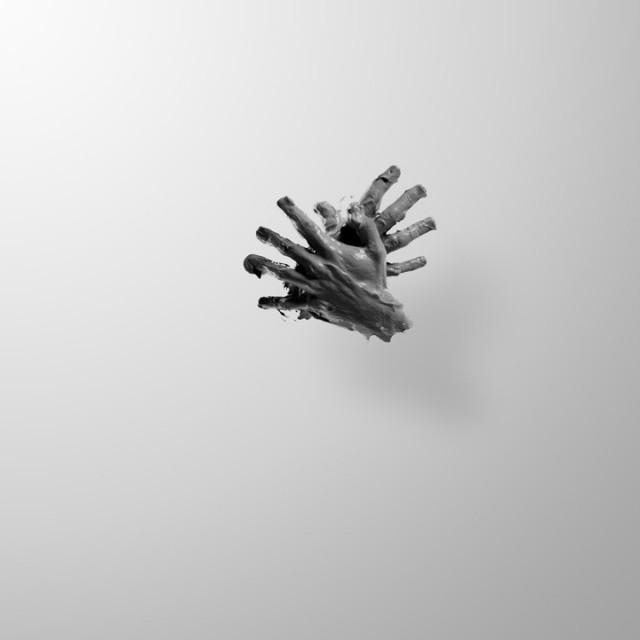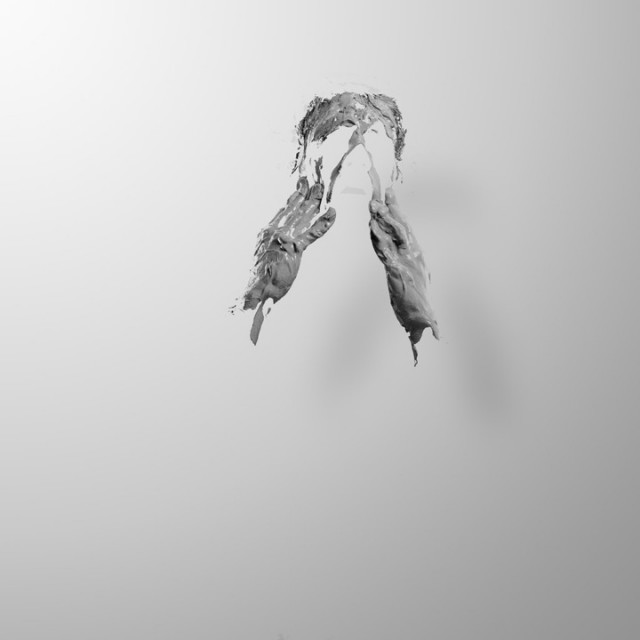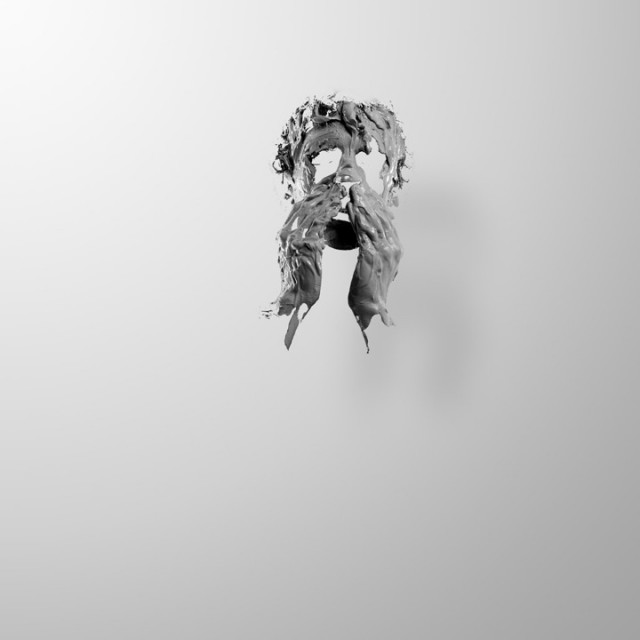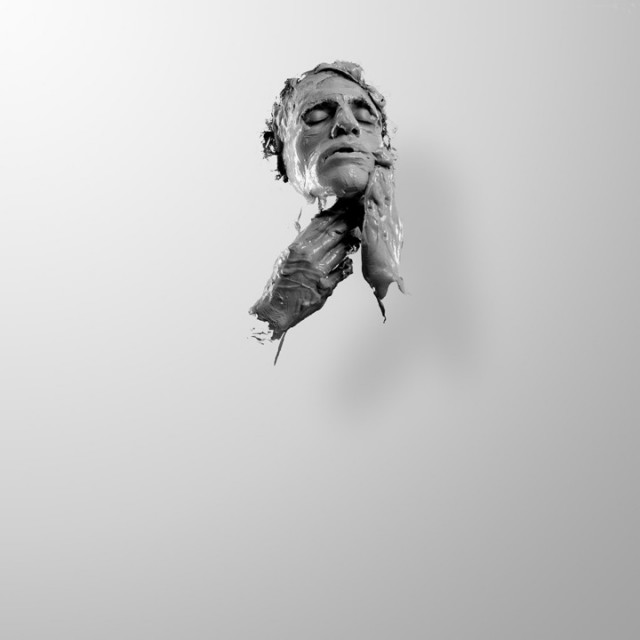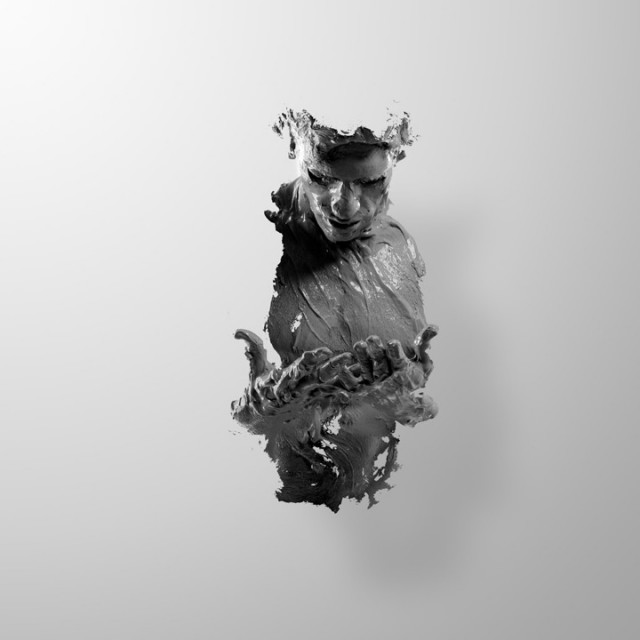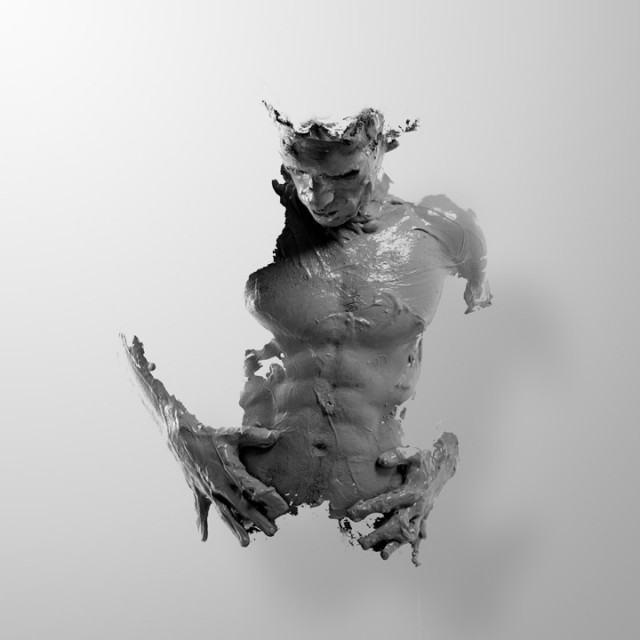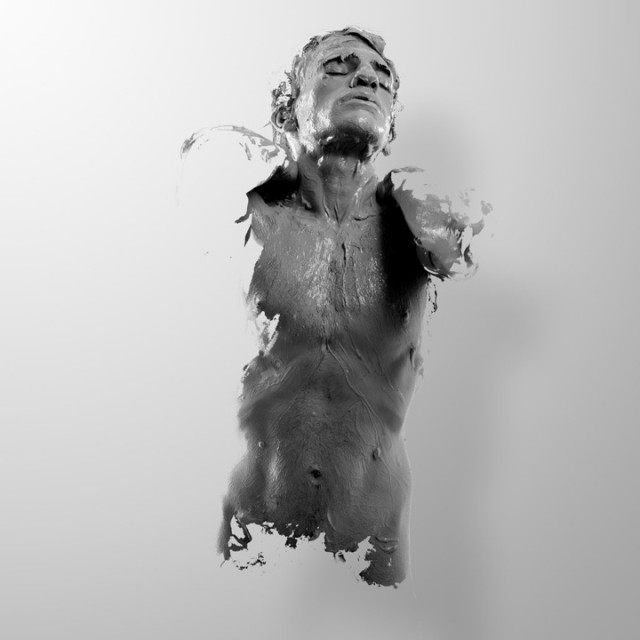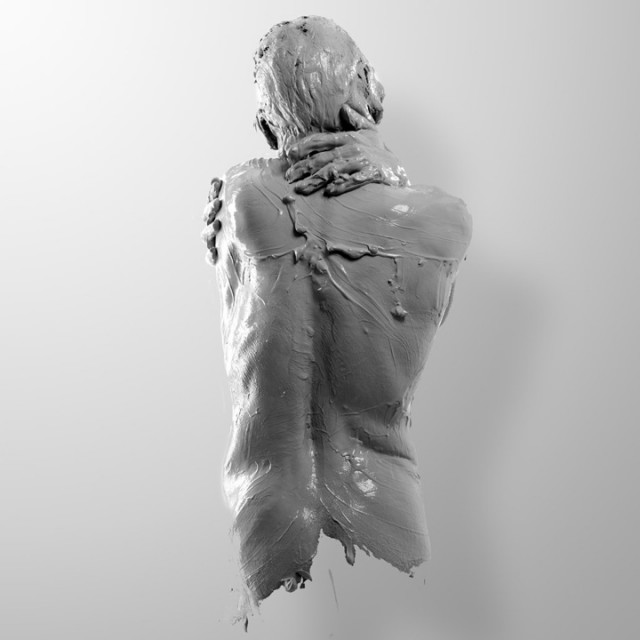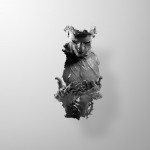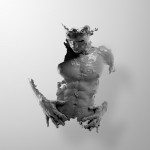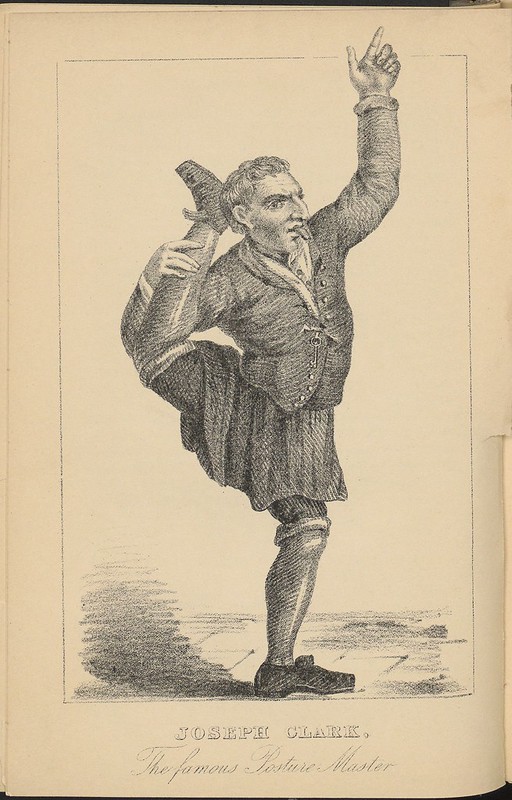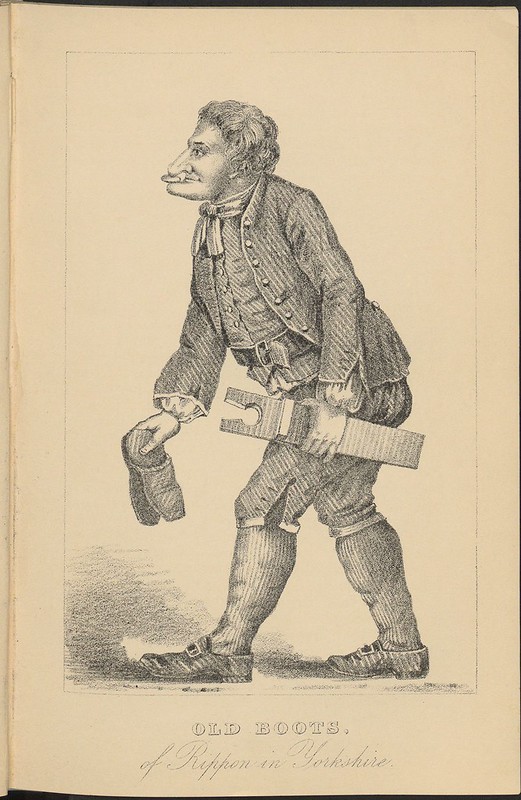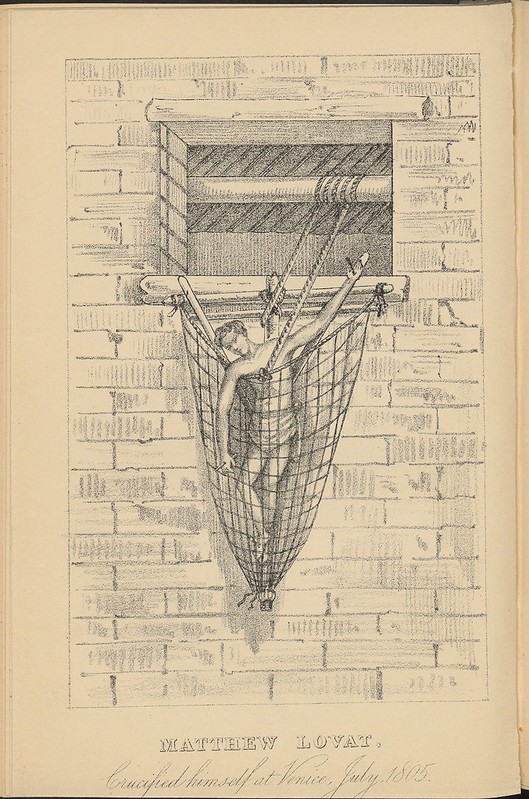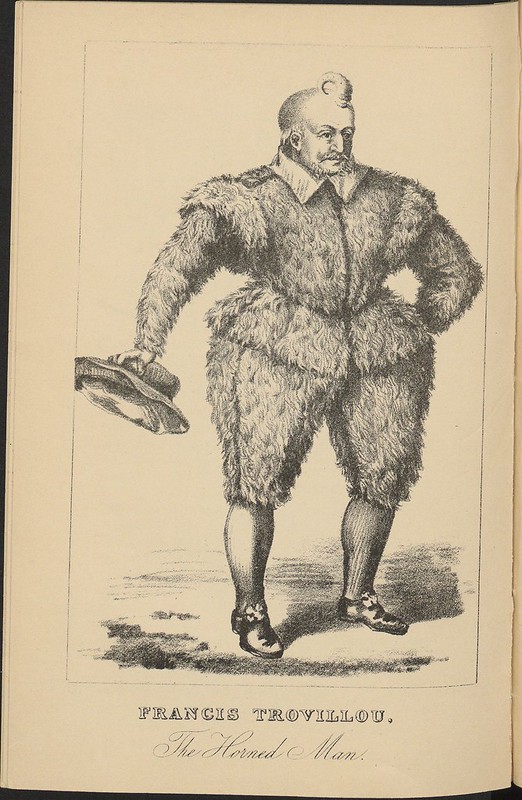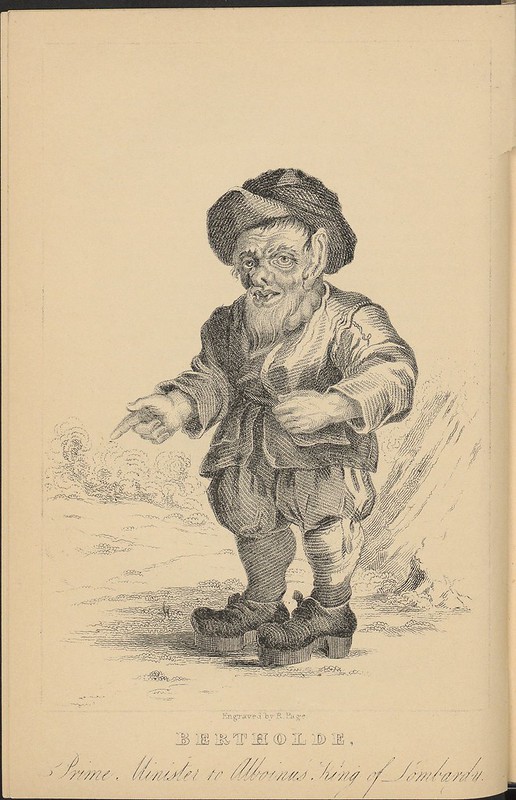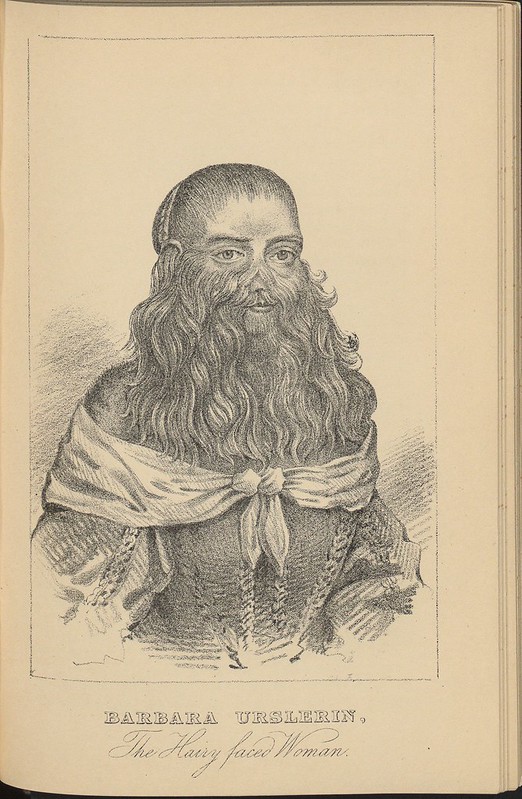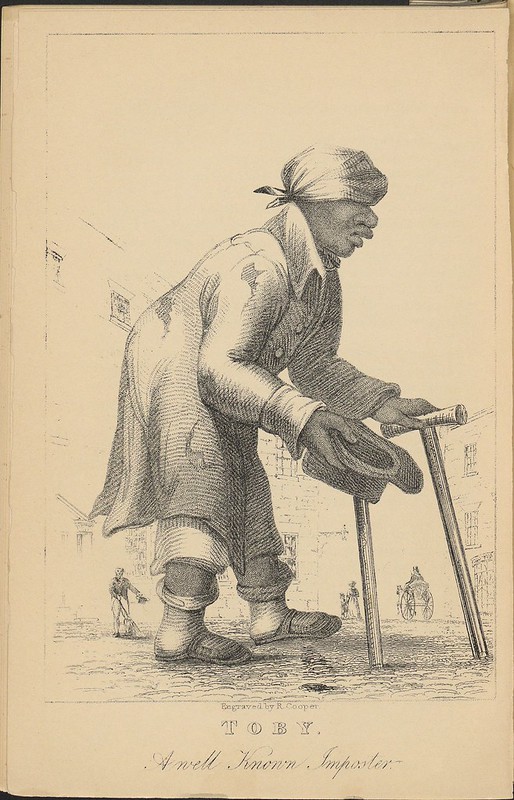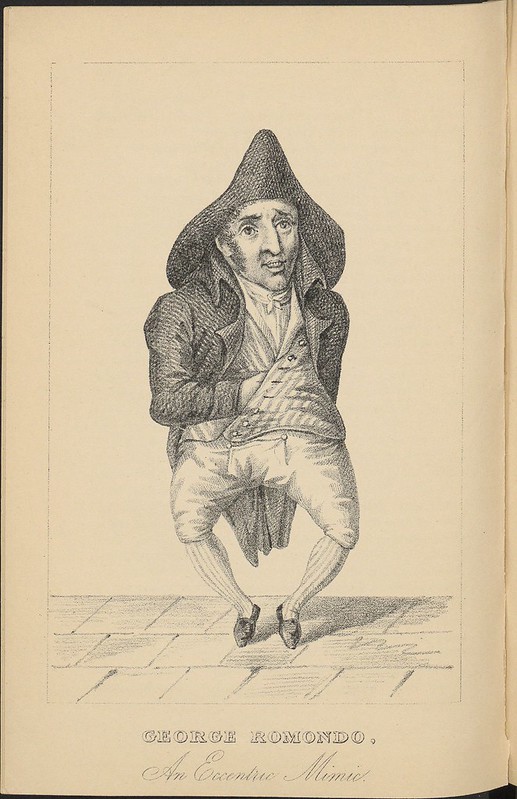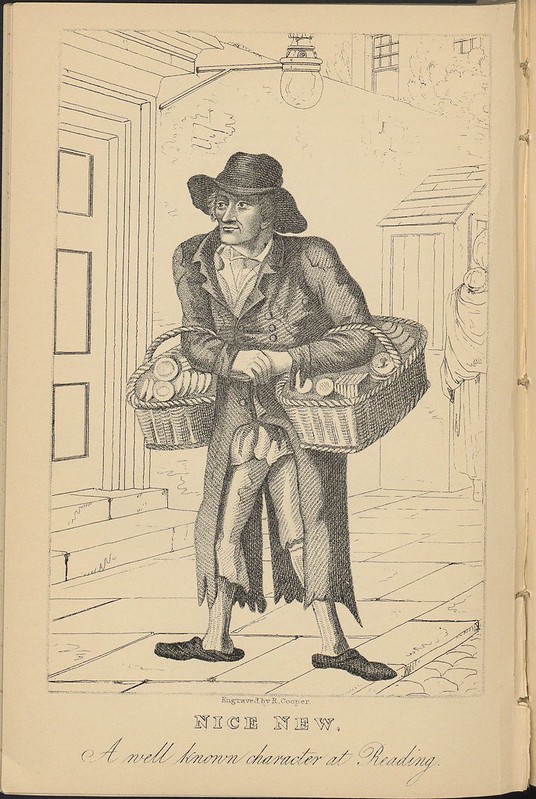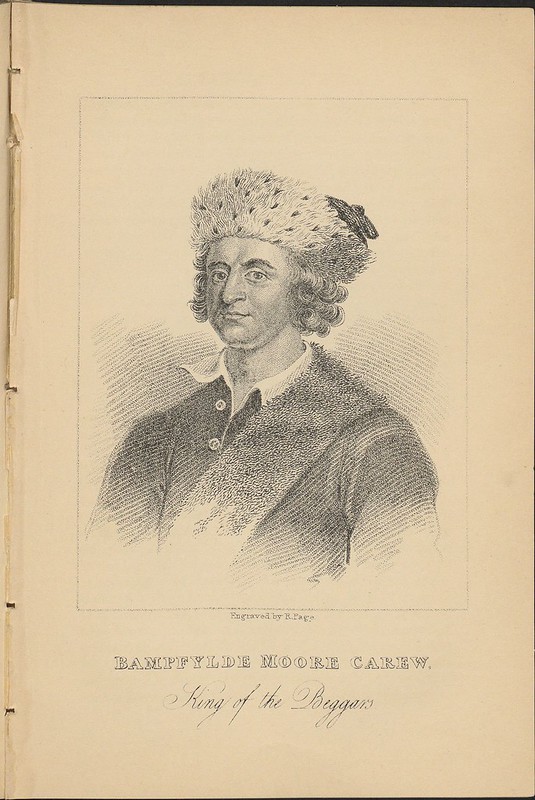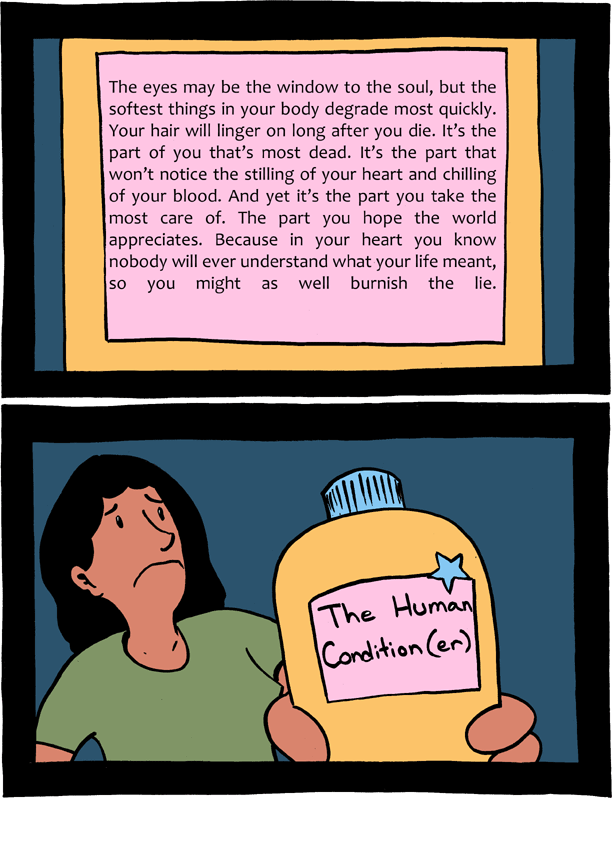Fonte: Philosophy Now (edição 46, de 2004)
Autoria: Mike Alder
Tradução: Guilherme Balan
Mike Alder explica por que matemáticos e cientistas não gostam de filosofia, mas fazem mesmo assim.

“verdades sobre como o universo funciona no geral não podem ser atingidas por razão pura”
Como matemático, eu tomo cuidado pra não ser pego fazendo filosofia. Quando eu compro minha cópia da Philosophy Now, eu peço pro jornaleiro embrulhá-la em um saco de pão, na esperança de que ela seja confundida com uma revista masculina.
Eu não estou sozinho nisso: a maioria dos cientistas e matemáticos consideram a filosofia com algo mais ou menos entre a sociologia e a crítica literária, ambas em uma posição bem abaixo, digamos, de beijar lesmas na lista de atividades saudáveis que podemos praticar antes do jantar. Por que? Nós não somos espertos o suficiente para entendê-las, muito rígidos em nosso pensamento para achá-las estimulantes? Muito superficiais para compreender questões fundamentais? Ou nós já resolvemos elas todas e estamos além disso? Eu tentarei explicar por que cientistas e matemáticos têm uma tendência a desconsiderar esse assunto. E por que nós estamos na verdade ainda praticando-o, mas o nome mudou, sem dúvidas para proteger os inocentes.
Quando eu era criança, com uns nove ou dez anos, um professor particularmente sádico propôs a seguinte questão: “O que aconteceria se uma força irresistível fosse de encontro a um objeto imovível?”. Minha primeira resposta foi que se a força é irresistível, então o objeto deve mover. “Ah”, disse o professor, que já tinha passado por isso tudo antes, “mas o objeto é imovível”.
Eu pensei nisso por três dias seguidos com breves pausas para dormir. Eventualmente eu concluí que a linguagem era maior que o universo, que era possível falar sobre duas coisas em uma frase que não pudessem ser encontradas ao mesmo tempo no mundo real. O mundo real pode concebivelmente conter um objeto que até agora nunca tenha sido movido, assim como pode conter uma força que nunca foi resistida de fato, mas a questão do objeto ser realmente imovível só poderia ser resolvida se todas as forças possíveis fossem testadas contra ele e o deixado ainda imóvel. Então, o problema podia ser resolvido testando a até então irresistível força contra o até então objeto imovível para ver o que aconteceria. Ou o objeto moveria ou não moveria, o que diria pra gente simplesmente que o tal objeto não era de fato imovível, ou que a tal força não era de fato irresistível.
Disso você pode inferir que desde cedo eu estava destinado para a Ciência e não para a Filosofia.
A percepção do cientista da filosofia é que coisa demais dentro dela é uma variação do tema acima, que uma análise filosófica é um jogo de palavras estéril jogado em um estado de bagunça mental. Quando você pergunta para um cientista se nós temos livre arbítrio, ou se somente pensamos que temos, ele vai perguntar em seguida “Que medições ou observações poderiam, na sua visão, resolver a questão?”. Se sua resposta é “Pensando profundamente sobre isso”, ele vai sorrir compassivamente e deixar você pra lá. Ele não estaria disposto a te acompanhar no que ele vê como um jogo um pouco bobo.
Muitos anos depois do meu primeiro contato com filosofia, eu estava trabalhando no meu quarto na University of Western Australia escrevendo programas de computador. Um batido tímido na porta me interrompeu e eu abri ela para me deparar com um homem pequeno e envergonhado. Eu o convidei pra entrar e perguntei o que eu podia fazer por ele. Ele era, verificou-se, do departamento de Filosofia. Ele me perguntou se era verdade, como lhe haviam dito, que eu estava trabalhando com Inteligência Artificial. Eu disse que eu estava na verdade trabalhando com Redes Neurais Artificiais que tinham a intenção de simular o funcionamento do cérebro; em particular elas podiam ser ensinadas a reconhecer padrões. Eu estava investigando elas para ver se isso levava a algum entendimento de como cérebros aprendem. “Bem, eu vim te dizer que você está perdendo seu tempo”, ele me disse educadamente. Eu perguntei por que ele achava isso e ele me explicou:
“Existe uma diferença fundamental entre seres humanos e máquinas, uma que você nunca pode resolver. Pessoas podem cometer erros, máquinas não podem”.
Ele me entregou essa mensagem com um ar de triunfo.
“Meus programas cometem erros”, eu expliquei a ele com paciência. “Eu treinei uma rede neural para reconhecer o dígito 3 escrito em um vetor. Ela frequentemente me diz que um 5 é um 3. Se eu corrijo a resposta com muita frequência, ela então me diz que um 3 é um 5. Se eu treino ela em 3′s e 5′s alternadamente ela eventualmente os acerta, mas a partir daí ela pensa que tudo é um 3 ou um 5. Eu não tive a paciência pra garantir que ela saiba reconhecer cada dígito, mas com tempo e possivelmente com uma rede maior, tenho confiança de que ela vai acertar todos os dígitos. Até lá, ela vai cometer erros.
“Ah”, ele disse com ar de alguém passando conhecimento adiante, “mas eles não são erros de verdade. Ela só está fazendo o que tem que fazer porque você a programou”.
Por motivos que todo cientista mas não todo filósofo entenderá, eu estava ficando um pouco impaciente.
“Primeiro”, eu disse, “existem várias razões para se acreditar que o cérebro humano é uma máquina, e portanto os ‘erros’ que ele faz são do mesmo tipo que os da minha rede neural. Nós chamamos eles de erros porque a máquina não está funcionando do jeito que deveria. Mas ela está seguindo o programa que ela adquiriu por genética e aprendizado, da mesma forma causal que minha rede neural se comporta. E segundo, você está fazendo o que Bertrand Russell definia como fundamentar as propriedades do mundo na linguagem usada para descrevê-lo. Isso não é uma forma confiável de descobrir como o mundo funciona de fato. É por isso que temos a Ciência”
A discussão se arrastou por algumas horas, mas eventualmente minha paciência evaporou:
“Olha”, eu disse a ele, “parece pra mim que você está tentando legislar pela linguagem. Você quer que eu chame os erros que eu cometo de ‘erros reais’ e os erros que meu programa comete de ‘erros simulados’, pelo motivo de você achar que eu estou abusando da linguagem. Mas pessoas usam a linguagem metaforicamente o tempo todo. É como se você fizesse uma objeção a alguém que chama a perna de uma mesa de perna, porque é uma coisa diferente da minha perna. Como se houvesse um risco sério de alguém ter medo de raspá-la caso ela tivesse farpas. O fato é que filósofos não têm nenhuma influência aqui: as pessoas vão continuar dizendo que mesas têm pernas e não vão prestar nenhuma atenção nas sentenças dos filósofos afirmando o contrário. E vale a mesma coisa para os erros.”
Ele contestou dizendo que não estava legislando pelo uso da linguagem de modo algum, que ele estava tentando chegar à verdade usando métodos filosóficos.
“Métodos filosóficos do tipo que você está usando estão obsoletos há pelo menos três séculos”, eu disse a ele, “Sua incapacidade de chegar a verdades já foi demonstrada repetidamente. Agora por favor caia fora porque eu tenho trabalho de verdade para fazer e essa discussão não pode ser útil para nada, exceto aumentar minha pressão sanguínea”.
Isso não foi educado, mas até aí, desperdiçar meu tempo arbitrariamente com futilidades não foi muito educado também. Claro, ele estava sendo indelicado por ignorância ou insensatez ao invés de malícia, mas o universo é bem severo com ignorância e insensatez, e por que eu deveria ser mais dócil que o universo?
A discussão sobre erros, por sinal, não era na verdade original na vida do meu pequeno filósofo: ela pode ser encontrada na página 77 do livro “Notebooks of Samuel Butler”, do autor de “Erewhon”. Eu preferia o anúncio: “Senhora Smith, com roupas descartadas, faz convite para ser visitada”*. É levemente mais frívolo.
Meu pequeno visitante não era o único Platonista a enfrentar as pessoas que tentam escrever programas inteligentes. O filósofo John Searle escreveu argumentos (sobre quartos chineses) com o mesmo propósito e tem sido tratado com comparável desrespeito por matemáticos, cientistas e a soi disant Inteligência Artificial. Para essas pessoas, a forma de se descobrir se é possível escrever programas inteligentes é tentar e ver se acontece. Já se esses programas poderiam “realmente” ser inteligentes ou pensantes, ou apenas capazes de simular isso, o cientista perguntaria: “Que procedimentos você usaria para distinguir esses dois casos?”. De novo, a resposta “Pensando muito forte” ganharia um sorriso cansado e um tchau.
Até agora eu apresentei a postura ortodoxa dos cientistas: verdades sobre como o universo funciona no geral não podem ser atingidas por razão pura. A única coisa que a razão pode fazer é permitir-nos deduzir alguma verdade a partir de outras verdades. E como nós não temos muitas verdades de onde partir, só hipóteses provisórias e um conjunto necessariamente finito de observações, não podemos chegar em convicções seguras somente através do pensamento. A maioria dos cientistas é essencialmente positivista Popperiana: assumem a visão de que sua vida profissional consiste em observações finitas e em hipóteses gerais universais pelas quais deduções podem ser feitas; e que é essencial testar essas deduções com observações adicionais, porque apesar das deduções serem feitas através de lógica pura (bem, geralmente matemática), não há nenhuma garantia de que elas estão corretas.
Como chegou ao ponto de alguém imaginar que por razão pura – pra usar o termo de Kant – se podia inevitavelmente chegar em uma verdade sobre o mundo? A resposta está no efeito excessivo da matemática grega em cima dos filósofos gregos, particularmente Platão. Em um dos Diálogos Socráticos de Platão, Sócrates pega um escravo para provar que se você pegar um quadrado e desenhar uma diagonal, e então fazer da diagonal um lado de um quadrado maior, a área do segundo quadrado será o dobro da área do primeiro.

Sócrates não dá realmente a prova; ao invés disso, ele retira ela do escravo através de perguntas (e se você quer saber se você tem as habilidades matemáticas de um escravo ático, você pode examinar minuciosamente o diagrama acima e ver se você pode provar isso). Quando o escravo triunfantemente conclui o argumento, Sócrates informa que ele já devia saber disso por todo esse tempo, porque tudo o que Sócrates fez foi levantar perguntas para ele. Portanto, o conhecimento dessa verdade particular já estava dentro da mente do escravo, mas precisava ser exposta. O ato de pensar nas respostas para as perguntas de Sócrates a trouxe das profundezas para a luz do dia, um processo não diferente da prática de alguns psicoanalistas de persuasão Rogeriana. É fundamental do pensamento de Platão que verdades podem ser obtidas estendendo a mente até elas e agarrando-as. A ‘verdade’ sobre as áreas relativas dos dois quadrados é só um exemplo relativamente desimportante desse processo. Há também a expectativa de encontrar a resposta certa para dilemas éticos, problemas de engenharia e julgamentos estéticos pelo mesmo processo. É fato que Platão até escreveu para Arquimedes, repreendendo-o por ficar brincando com alavancas e cordas de verdade enquanto um cavalheiro teria ficado em seu escritório ou, talvez no caso de Arquimedes, em sua banheira. Arquimedes, que era um matemático de verdade e mais ou menos vinte vezes mais esperto que Platão, estava provavelmente ocupado demais para responder a uma bobagem dessas.
Se você ler Os Elementos de Euclides (agora disponível na Internet; tem em pdf aqui: http://www.dominiopublico.gov.br/download/texto/be00001a.pdf)** e seguir as impiedosas deduções de proposições matemáticas através de um número ridiculamente pequeno de axiomas, você não vai conseguir deixar de se impressionar com o que pode ser feito com pensamento persistente e cuidadoso. Nos dias em que os resultados ainda eram relativamente novos, mentes impressionáveis poderiam facilmente supor que não havia limites para o que pode ser obtido por esses métodos.
Euclides começa definindo, um pouco inadequadamente, pontos e linhas. É importante notar que estes, como o próprio nome Geometria sugere, eram abstrações do hábito egípcio de fazer seus censos cravando estacas nos bancos relativamente planos do Nilo e unindo-as com cordas bem esticadas. Isso era necessário porque o Nilo tinha o hábito de levar embora todos os marcadores anteriores que diziam às pessoas onde eram suas terras, que então tinham que ser reconstruídos do zero todo ano. Já estacas e cordas em um campo não são coisas complicadas neste contexto, elas têm apenas algumas propriedades significativas, que podem ser prontamente abstraídas para propriedades de pontos e linhas em um plano. Quando passadas para o papel, elas se tornaram os axiomas da geometria plana. Portanto, há definitivamente uma conexão com o mundo real, mas apenas algumas poucas propriedades importantes foram selecionadas para maiores considerações.
Para muitos dos gregos, a conexão com a realidade era tênue demais para valer a pena se preocupar com ela. Axiomas eram considerados “verdades autoevidentes”, dragados por puro pensamento da realidade, e os filósofos não acreditavam que os axiomas podiam ser outros senão aqueles. Acreditar que eles foram abstraídos de coisas reais como estacas e cordas era mundano demais. Então, Platão começou a articular a ideia de que todas as verdades importantes sobre o mundo podiam ser ou conhecidas diretamente por nossa visão interior, ou deduzidas através delas mesmas usando-se de pura razão. Um homem mais conservador poderia ter concluído que havia algumas verdades matemáticas que podiam ser derivadas de praticamente qualquer conjunto de regras, enquanto haviam também verdades observacionais sobre a realidade, e que as duas no geral não eram a mesma coisa. Porém, intoxicado pela “Magia Grega”, como a matemática foi chamada, Platão pisou fundo e foi até o fim.
Muitas pessoas, sem dúvida, decidiram que isso pode ser verdade em princípio, mas que se você quisesse saber que cavalo podia correr mais rápido, era bem mais barato, rápido e menos desgastante intelectualmente simplesmente fazer uma corrida com eles, ao invés de se sentar e pensar bastante sobre isso. Já aquelas pessoas que tinham perdido todo o seu dinheiro apostando em cavalos e que também tinham uma disposição para pensar sentiram que era melhor resolver o problema com pensamento puro, e desdenharam as que tinham cavalos ou que apostavam neles. Este hábito tem continuado até os dias atuais.
————–
Confira a parte 2 na próxima quinta, em que será postulada a Espada Laser Flamejante de Newton!
* A frase original é um trocadilho em inglês, “Mrs Smith having cast off clothing of every description invites inspection”- “cast-off clothing” são roupas para doação, mas se vermos “cast off” como uma ação, dá a entender que ela tirou a roupa. É aparentemente uma brincadeira antiga, pois está registrada nesse recorte de jornal da Nova Zelândia com data de 1900.
** O link original jogado no meio do texto para Os Elementos de Euclides era esse aqui: http://aleph0.clarku.edu/~djoyce/java/elements/elements.html
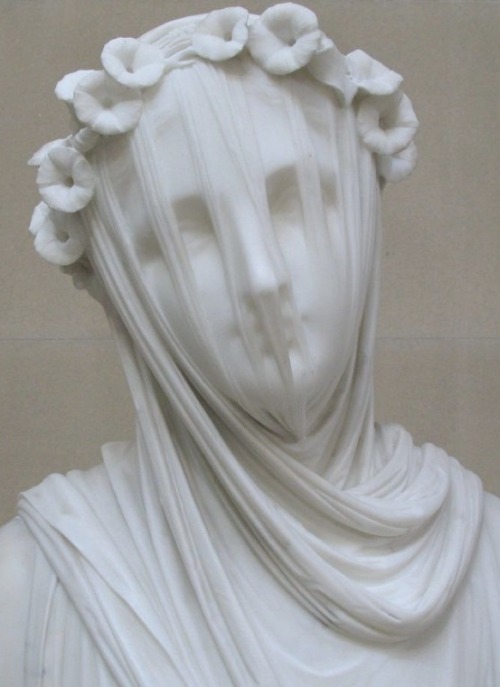

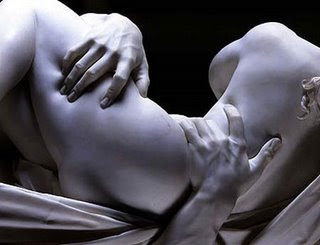
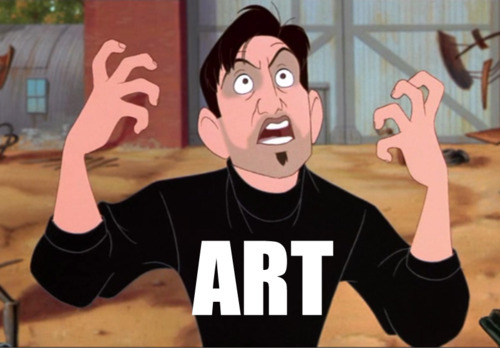















 Previously on Chad Wys
Atley
Previously on Chad Wys
Atley





 Copy this into your blog, website, etc. <a href="http://www.explosm.net/comics/2946/"><img alt="Cyanide and Happiness, a daily webcomic" src="http://www.flashasylum.com/db/files/Comics/Kris/taught.png" border=0></a><br />Cyanide & Happiness @ <a href="http://www.explosm.net">Explosm.net</a> ...or into a forum [URL="http://www.explosm.net/comics/2946/"]
Copy this into your blog, website, etc. <a href="http://www.explosm.net/comics/2946/"><img alt="Cyanide and Happiness, a daily webcomic" src="http://www.flashasylum.com/db/files/Comics/Kris/taught.png" border=0></a><br />Cyanide & Happiness @ <a href="http://www.explosm.net">Explosm.net</a> ...or into a forum [URL="http://www.explosm.net/comics/2946/"]






